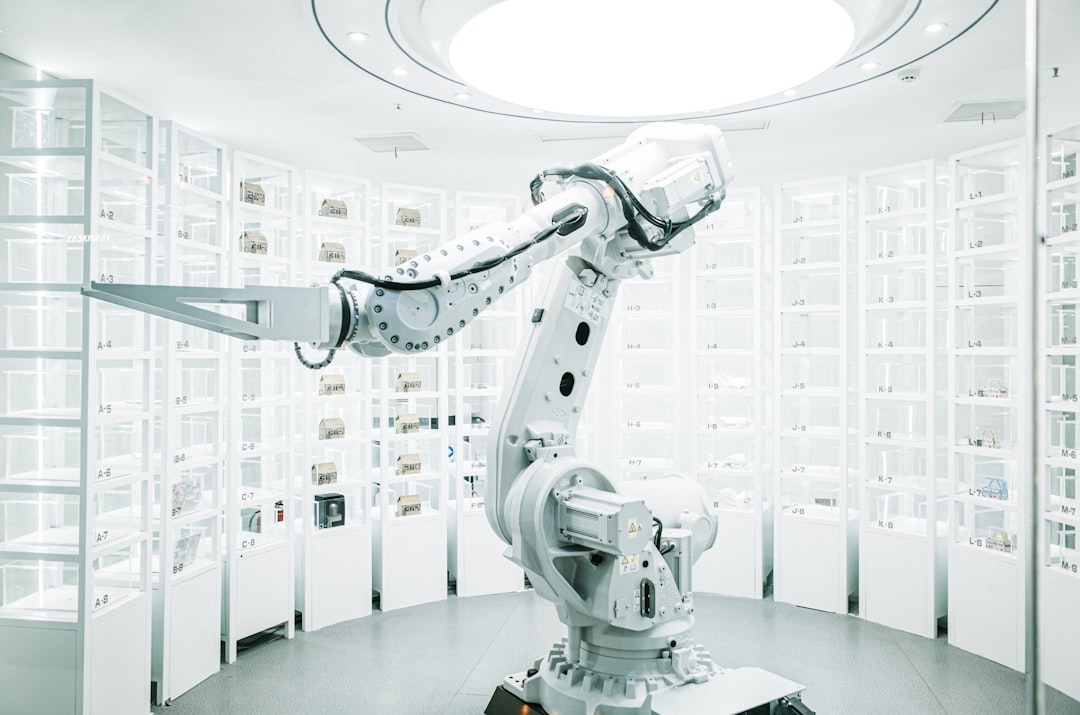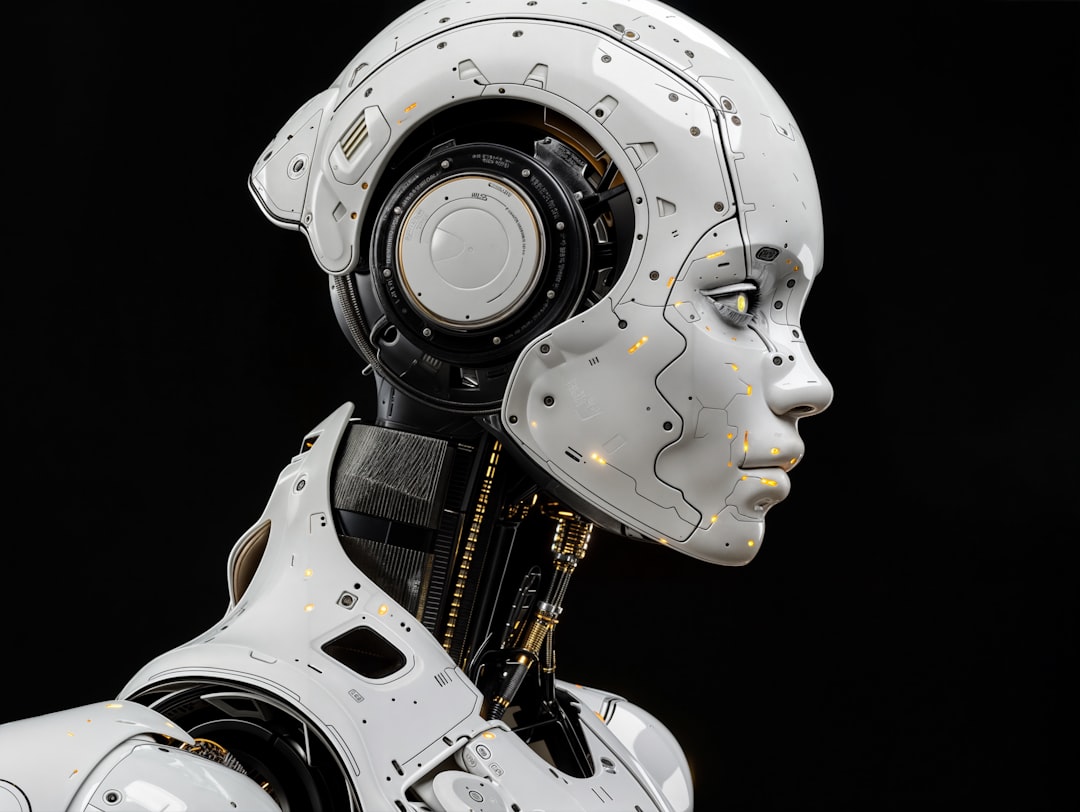Artificial Intelligence (AI) has evolved from a niche scientific concept into a transformative force shaping numerous facets of modern life. Over the decades, AI has transitioned through various stages—each marked by breakthroughs that have redefined what machines are capable of. As society continues to adopt and adapt to AI-driven processes, understanding key milestones in its emergence is vital to grasp its broader impact on technology and human behavior.
AI’s story began in the mid-20th century, driven by the ambition to create machines that could simulate human intelligence. While early efforts revolved around rule-based systems and logic games, it was the development of machine learning and deep learning that truly changed the trajectory of AI development.
Key Milestones in AI Development
- 1956 – The Birth of AI: The Dartmouth Conference is recognized as the symbolic start of AI as a field. Researchers like John McCarthy, Marvin Minsky, and Alan Newell envisioned a future where machines could learn and reason like humans.
- The 1980s – Expert Systems: AI saw commercial success with expert systems that mimicked human decision-making in specialized fields like medicine and engineering. These systems were rule-based but limited by their inability to learn from data.
- 1997 – Deep Blue vs. Kasparov: IBM’s Deep Blue captivated the world when it defeated world chess champion Garry Kasparov, demonstrating machines’ capability to process vast amounts of information and make strategic decisions.
- 2012 – ImageNet and Deep Learning: The watershed moment came when a deep convolutional neural network drastically improved image recognition accuracy during the ImageNet competition. This sparked a new era in AI innovation.
- 2016 – AlphaGo’s Triumph: Google DeepMind’s AlphaGo defeated a world champion in the complex board game Go—a feat previously thought to be decades away. The system’s use of reinforcement learning marked a sharp leap forward.
- 2018–2023 – The Rise of Generative AI: Large Language Models (LLMs) like OpenAI’s GPT series demonstrated the ability to generate human-like text and engage in complex conversations, revolutionizing how society interacts with machines. Companies now explore advanced applications, leveraging LLM model fine-tuning services, for instance, to customize these models for specific business needs and improve performance on specialized tasks. This period marked a revolution in natural language processing and broadened the scope of AI applications across industries.

Technological Impacts of AI Milestones
Each milestone in AI’s history represents not just a technical achievement but a leap forward in what technology can deliver. The advent of deep learning opened doors for innovations in natural language processing, computer vision, and autonomous systems. These advances have led to smarter personal assistants, more accurate medical diagnostics, and even vehicles that drive themselves.
Moreover, AI is transforming software development, customer service, and research across industries. Businesses leverage AI to optimize operations, predict trends, and tailor user experiences. Governments use AI for surveillance, policy planning, and even judicial recommendations—raising crucial ethical considerations.

Societal Implications: Opportunities and Challenges
AI’s societal impact is as profound as its technological footprint. On one hand, AI has the potential to democratize knowledge, improve quality of life, and accelerate scientific progress. On the other, it raises pressing concerns around privacy, job displacement, and algorithmic bias.
The labor market is particularly affected, as AI automates tasks previously performed by humans. While some fear mass unemployment, others argue that AI will create new job categories—requiring a shift in education and workforce training. Meanwhile, the ethical deployment of AI—ensuring that systems do not reinforce inequality or undermine human rights—is becoming a central debate across political and academic domains.
Looking Ahead: Where Is AI Going?
AI is rapidly evolving toward more general forms of intelligence. Researchers aim to develop more adaptable, explainable, and ethical AI systems. With increasing investment from governments and private sectors, innovations like quantum computing and neuromorphic chips could push AI’s boundaries even further. The future may feature AI that collaborates seamlessly with humans, solving complex global challenges.

Frequently Asked Questions
- What is the difference between machine learning and AI?
AI is the broader concept of machines performing tasks that require human intelligence. Machine learning is a subset of AI that enables systems to learn from data and improve over time without being explicitly programmed. - How does AI impact everyday life?
AI powers everyday technologies such as voice assistants, recommendation algorithms, smart home devices, and even fraud detection in banking, making processes more efficient and user-friendly. - Is AI dangerous?
While AI has immense benefits, risks include misuse, job disruption, and unintended biases. Responsible development, clear ethical frameworks, and regulatory oversight can help mitigate these risks. - Will AI replace all human jobs?
Not all jobs will be replaced, but many will change. AI automates repetitive tasks, allowing humans to focus on creative, strategic, and interpersonal roles. New job sectors may also emerge as AI evolves. - What’s next in AI development?
The next phase may involve Artificial General Intelligence (AGI), where machines can understand and perform a wide range of tasks like humans. Research is also focusing on making AI more transparent and ethical.
I’m Sophia, a front-end developer with a passion for JavaScript frameworks. I enjoy sharing tips and tricks for modern web development.
